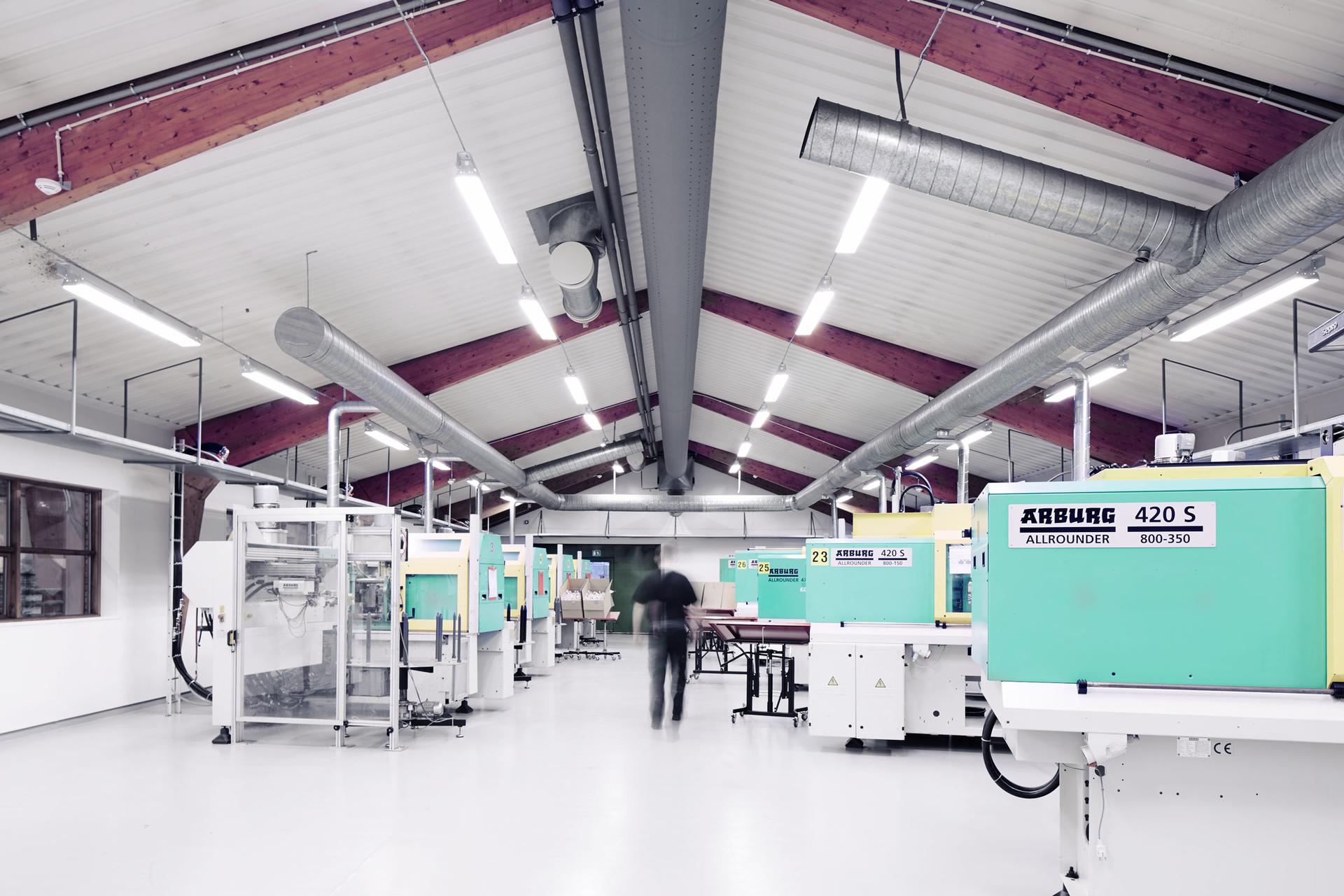
Vaccum infusion
Precision-Driven Manufacturing: The Power of Vacuum Infusion at SP Group.
What this solution offers
Advanced Composite Production Ensuring High Quality, Low Material Consumption, and Reduced Environmental Impact

Key Benefits
- Optimal Resin Distribution: Ensures uniformity and high strength-to-weight ratio of parts.
- Resource Efficiency: Minimized waste due to precise resin application.
- Enhanced Finish Quality: Produces parts with smooth surfaces, reducing post-production finishing needs.
- Eco-friendly: Uses less resin, contributing to a reduced environmental footprint.
- Versatility: Suitable for a wide range of applications and industries.